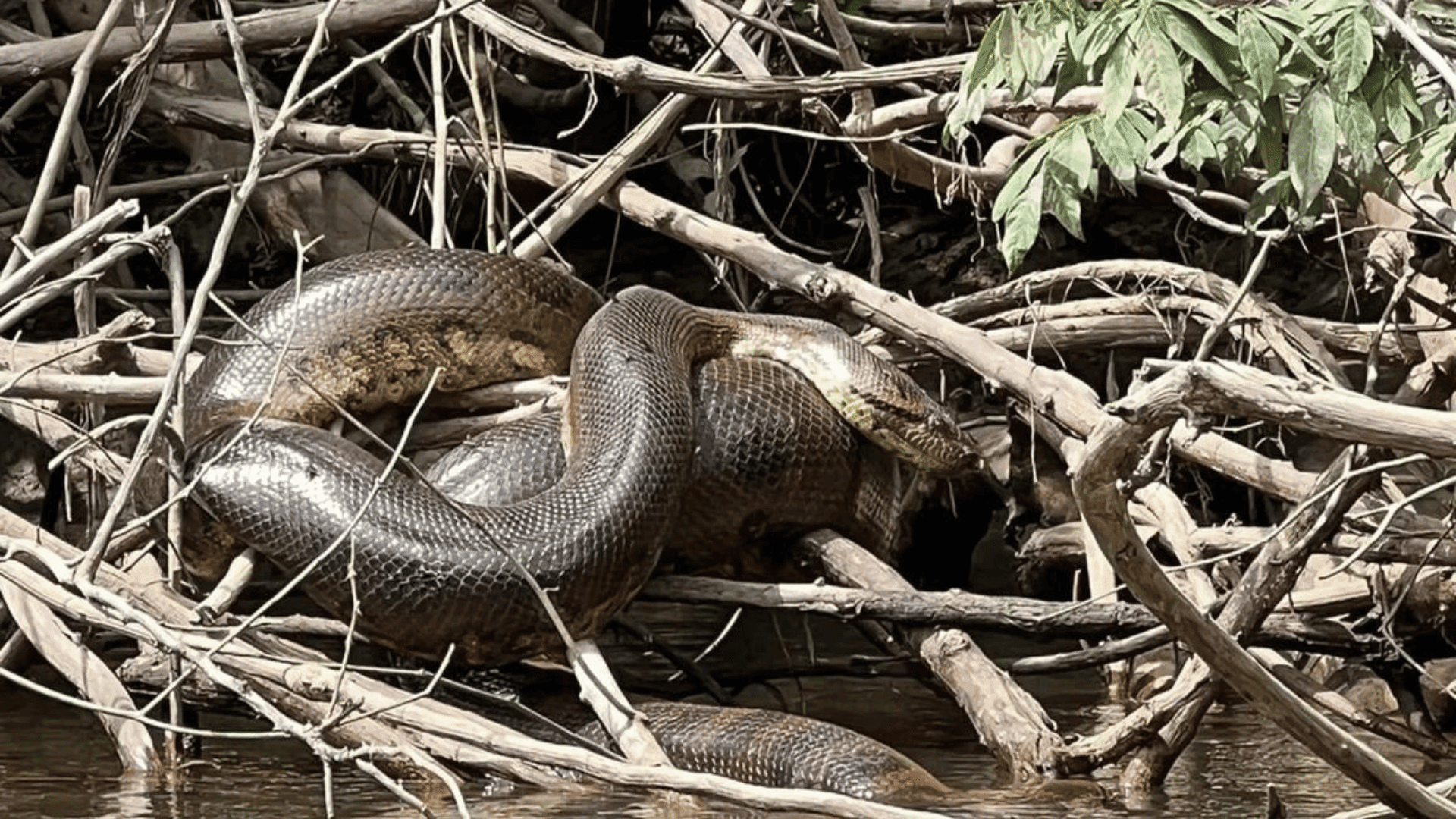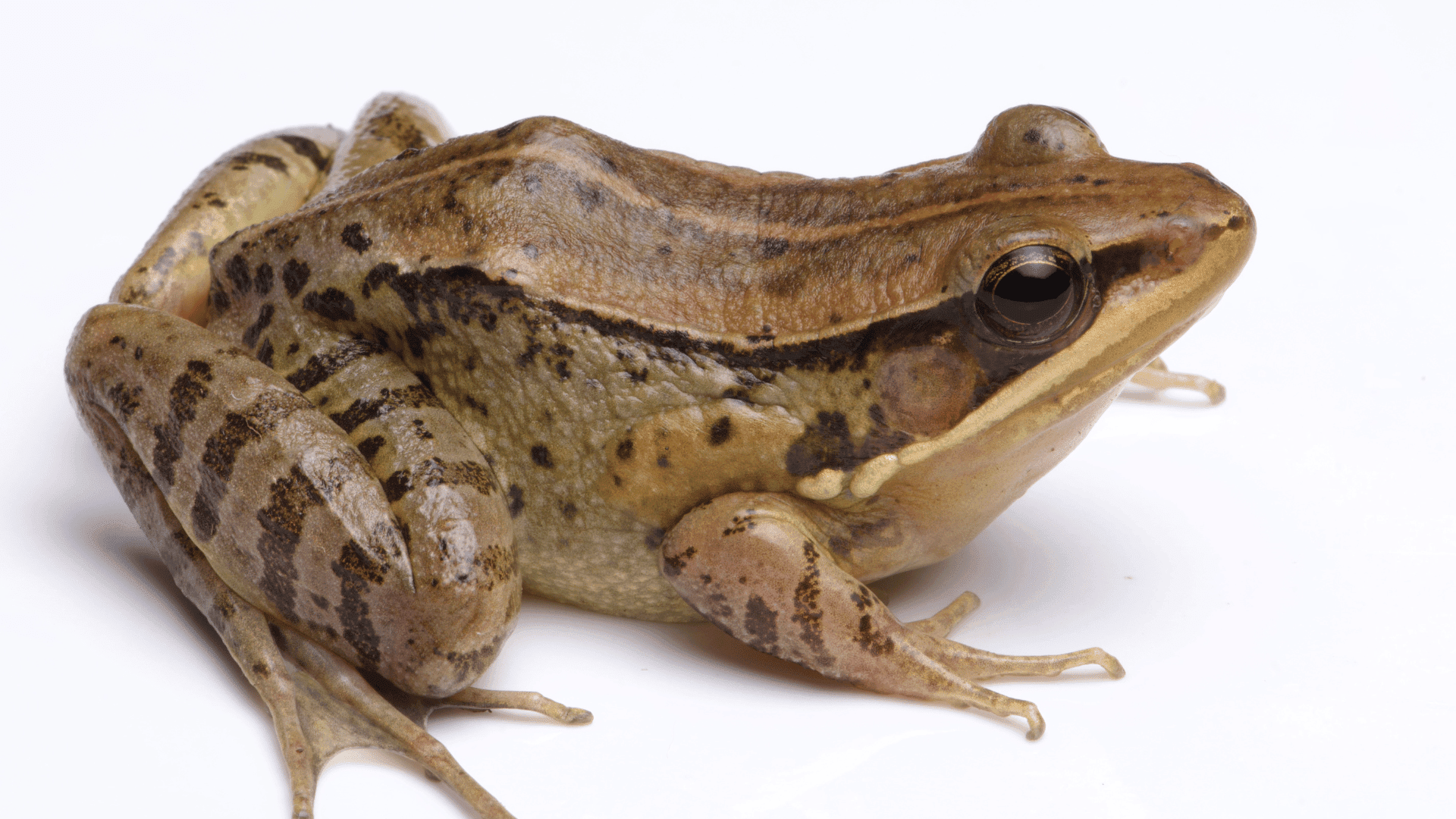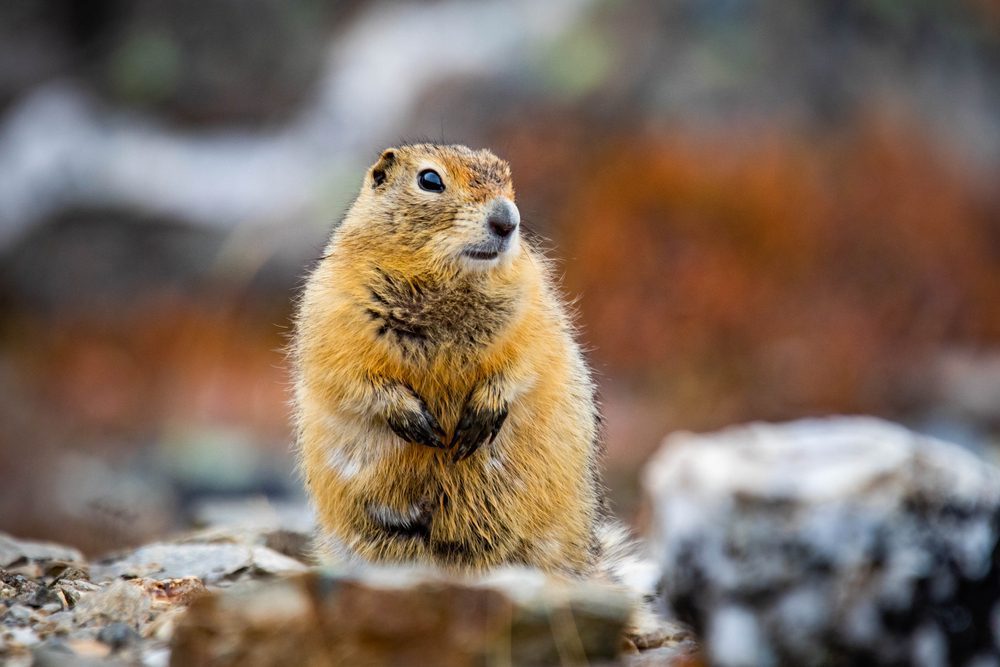A new study shows that snakes appear to respond differently to their own scent when it has been altered, which could mean that they possess some form of self-recognition.
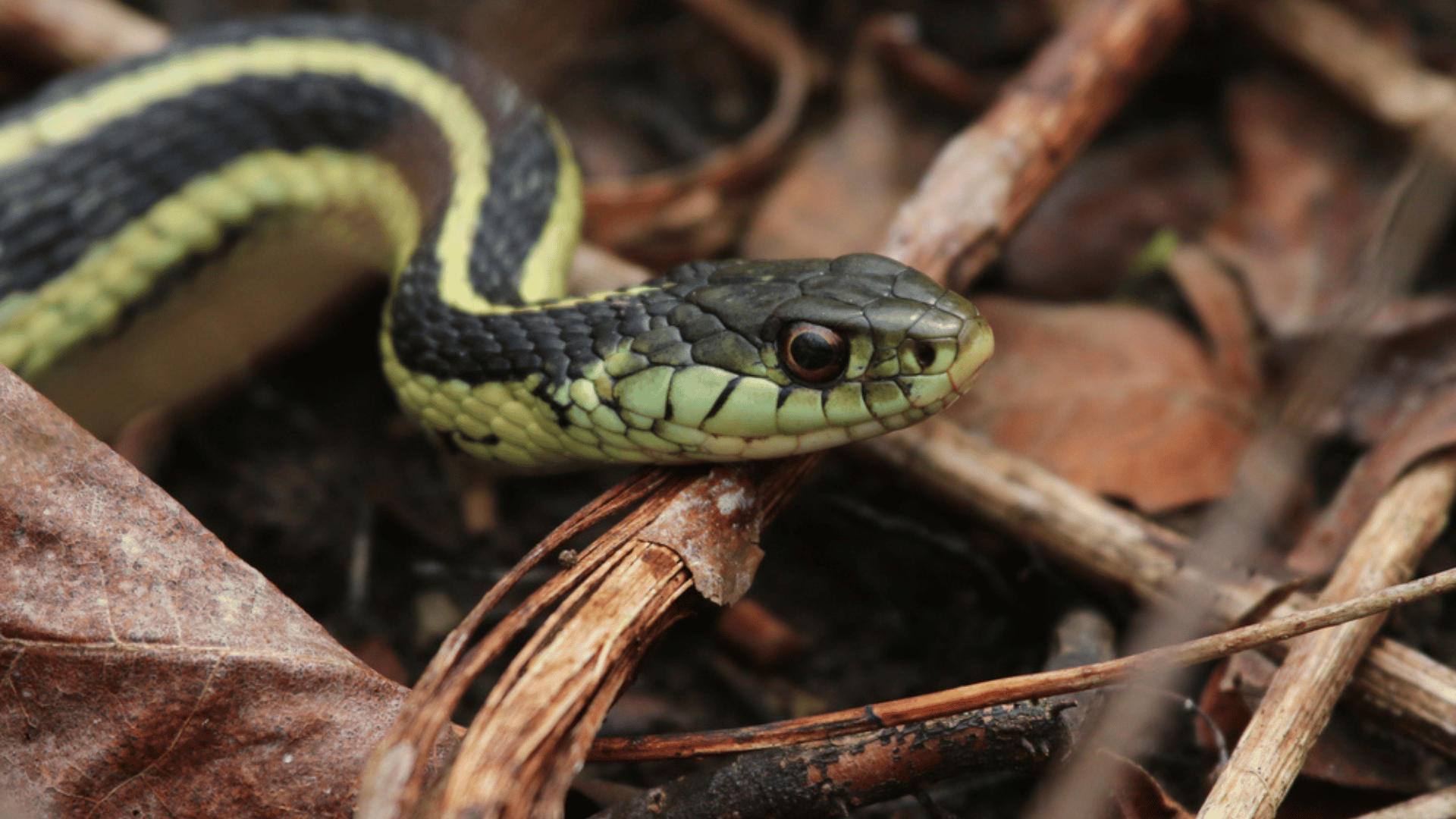
A series of animals such as horses, roosters, and fish have shown signs of self-awareness in what is known as the mirror test. The test involves putting paint on an area of the animal’s body that they can’t see without a mirror, such as their forehead.
If the animal looks in the mirror and touches the mark, this suggests that they are aware that the reflection is of themselves rather than another animal of the same species.
“But snakes and most reptiles primarily interact with their world through scent,” says Noam Miller at Wilfrid Laurier University in Canada. Miller and his colleagues, therefore, decided to conduct a smell-based version of the mirror test.
The team members collected the scents of 36 eastern garter snakes and 18 ball pythons by wiping cotton pads on their skin. They presented each snake with five distinct scents: their own, their own with a bit of olive oil added, just olive oil, one of another snake of the same species, and one of another snake with a bit of olive oil.
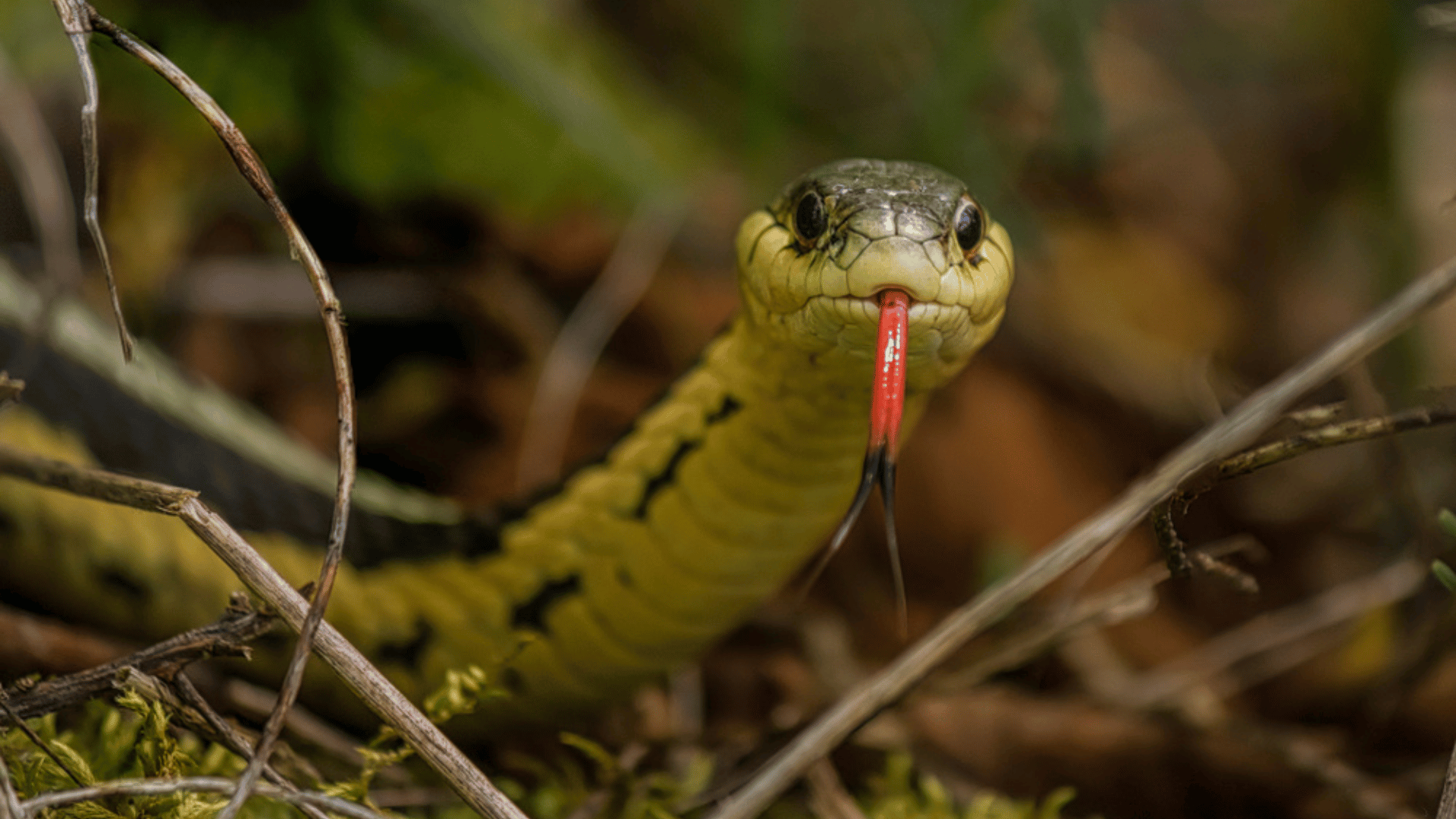
Explore Tomorrow's World from your inbox
Get the latest science, technology, and sustainability content delivered to your inbox.
I understand that by providing my email address, I agree to receive emails from Tomorrow's World Today. I understand that I may opt out of receiving such communications at any time.
While observing their behavior, the team noted that the garter snakes performed more long tongue licks to their own modified scent compared with the rest of the scents. Ball pythons, however, responded the same way to all scents. As garter snakes are more social, Miller suggests the differences in behavior may mean that social species have more self-recognition.
“They only do long tongue flicks when they’re interested in or investigating something,” says Miller, which suggests that the garter snakes can recognize when something about themselves doesn’t smell quite right. “They may be thinking: ‘Oh, this is weird, I shouldn’t smell like this.’”
Though Miller suggests that the findings are the first evidence of self-recognition in snakes, Johannes Brandl at the University of Salzburg in Austria questions whether these findings should be interpreted as self-recognition.
“This interpretation only becomes plausible if a correlation with social behavior can be established,” he says. According to Brandl, it could be argued that some snake species are simply more inclined to interact with the experiment.



